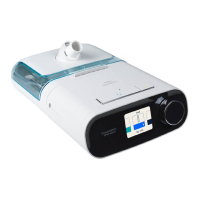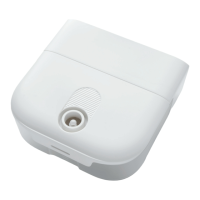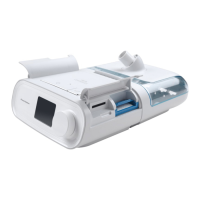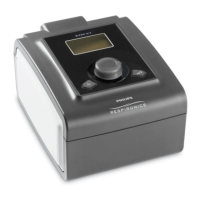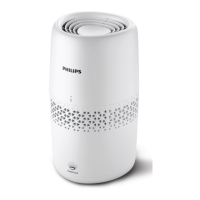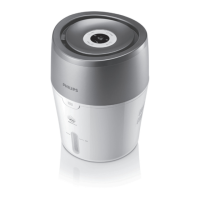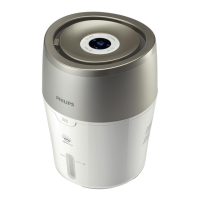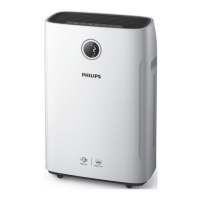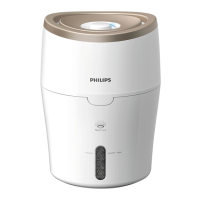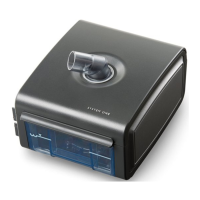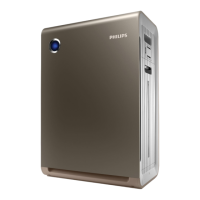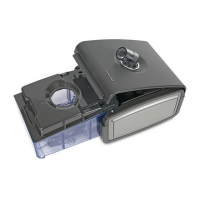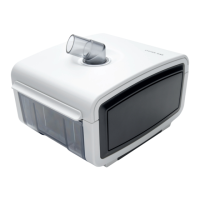How to adjust heated humidifier or tube temperature setting on Philips DreamStation BiPAP autoSV Humidifier?
- MMelissa WhiteAug 17, 2025
The humidifier and tube temperature settings can only be adjusted from the Therapy ON display screen. Confirm that the blower is on and that the settings are visible on the right side of the screen, then adjust to the desired comfort. If the blower is on but the humidifier settings are not displayed, unplug the device. Check that the humidifier and/or heated tube electrical contacts are not obstructed or damaged. Then, reconnect the humidifier and/or heated tube and reconnect the device’s power supply. Turn the blower on; if the settings are still not visible, contact your provider for assistance.
